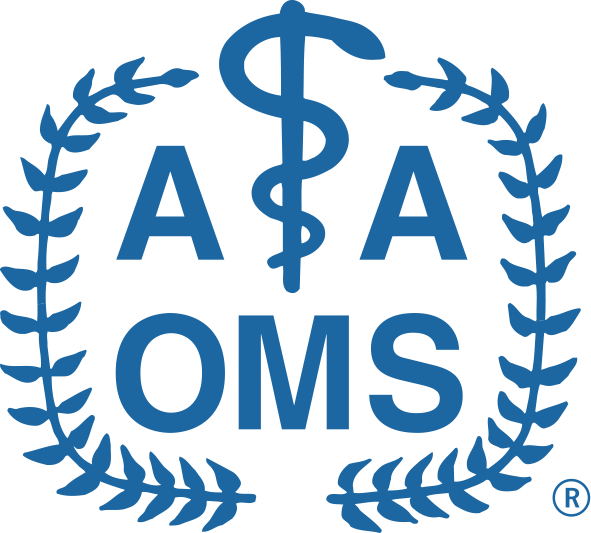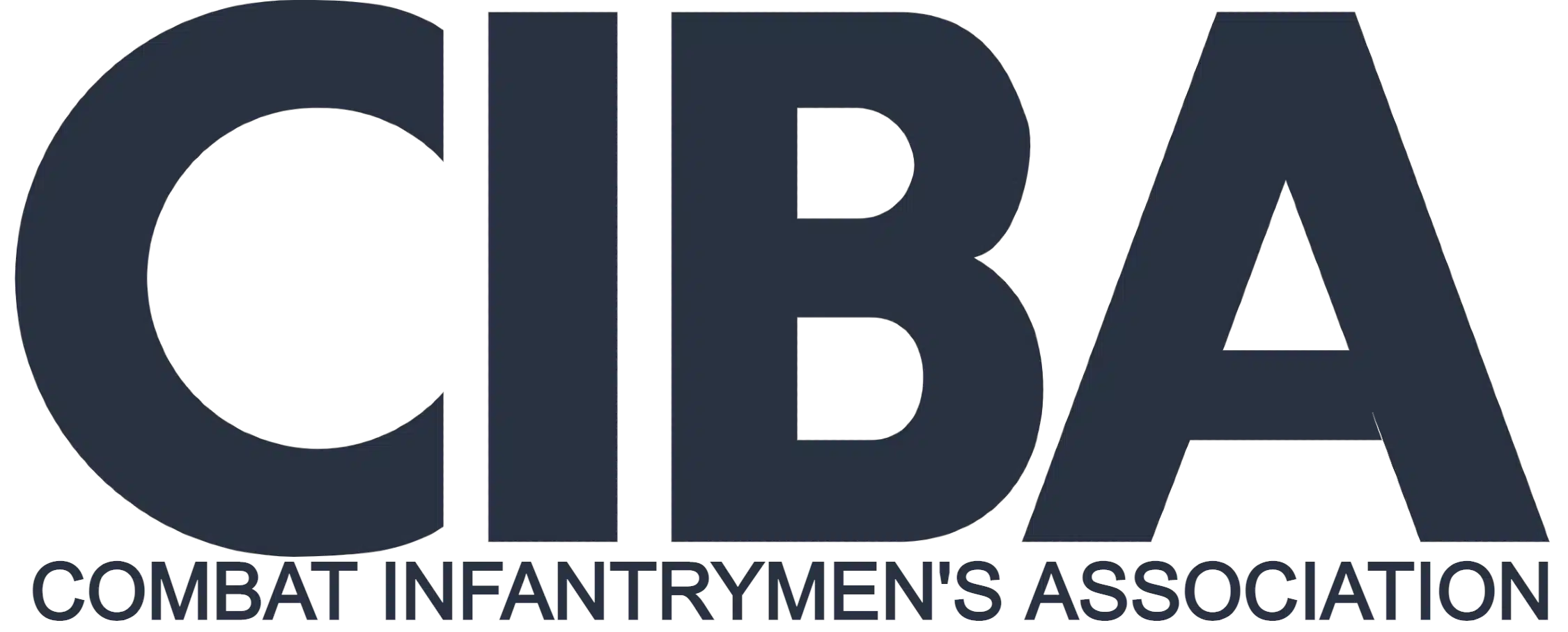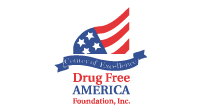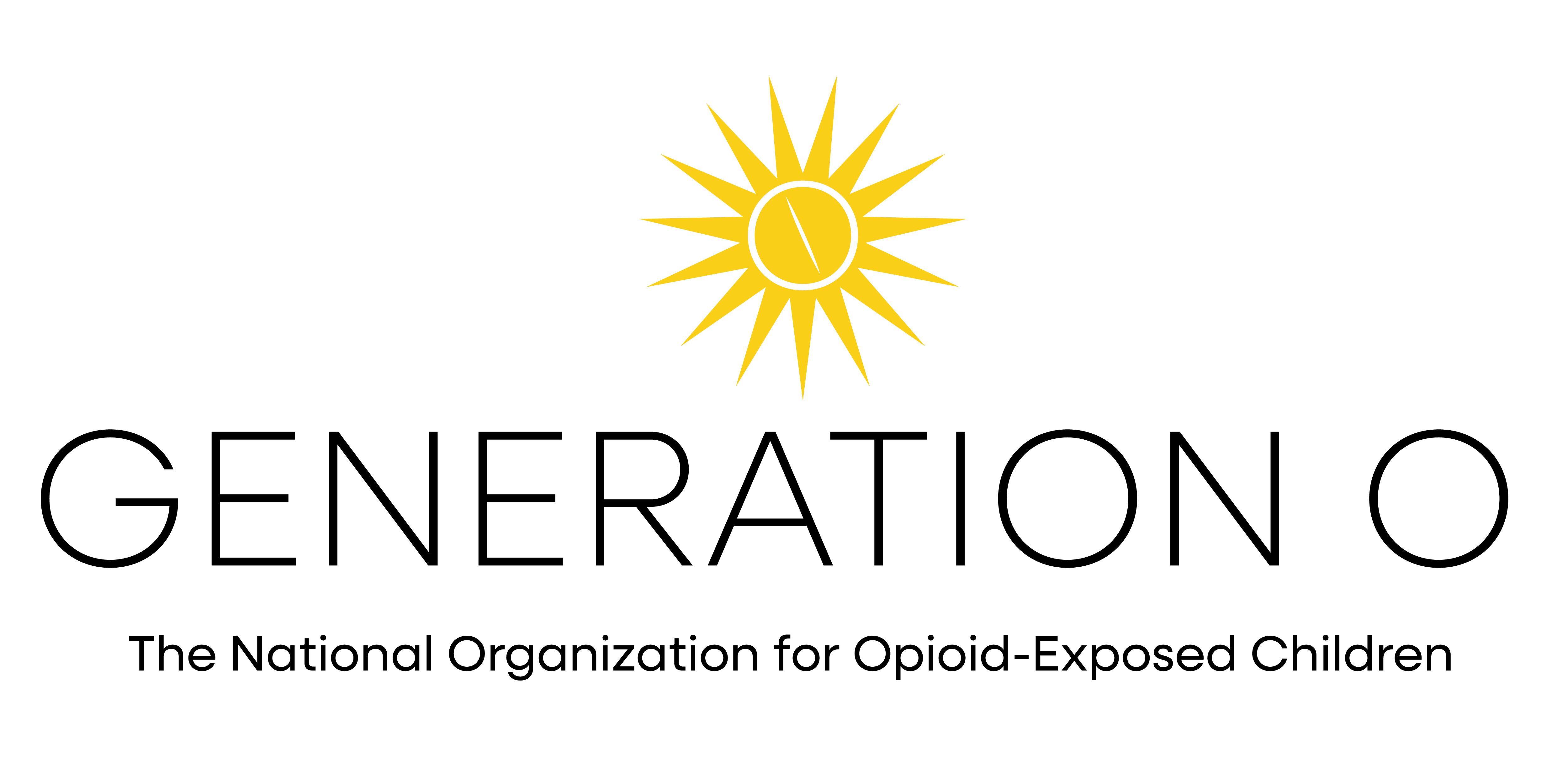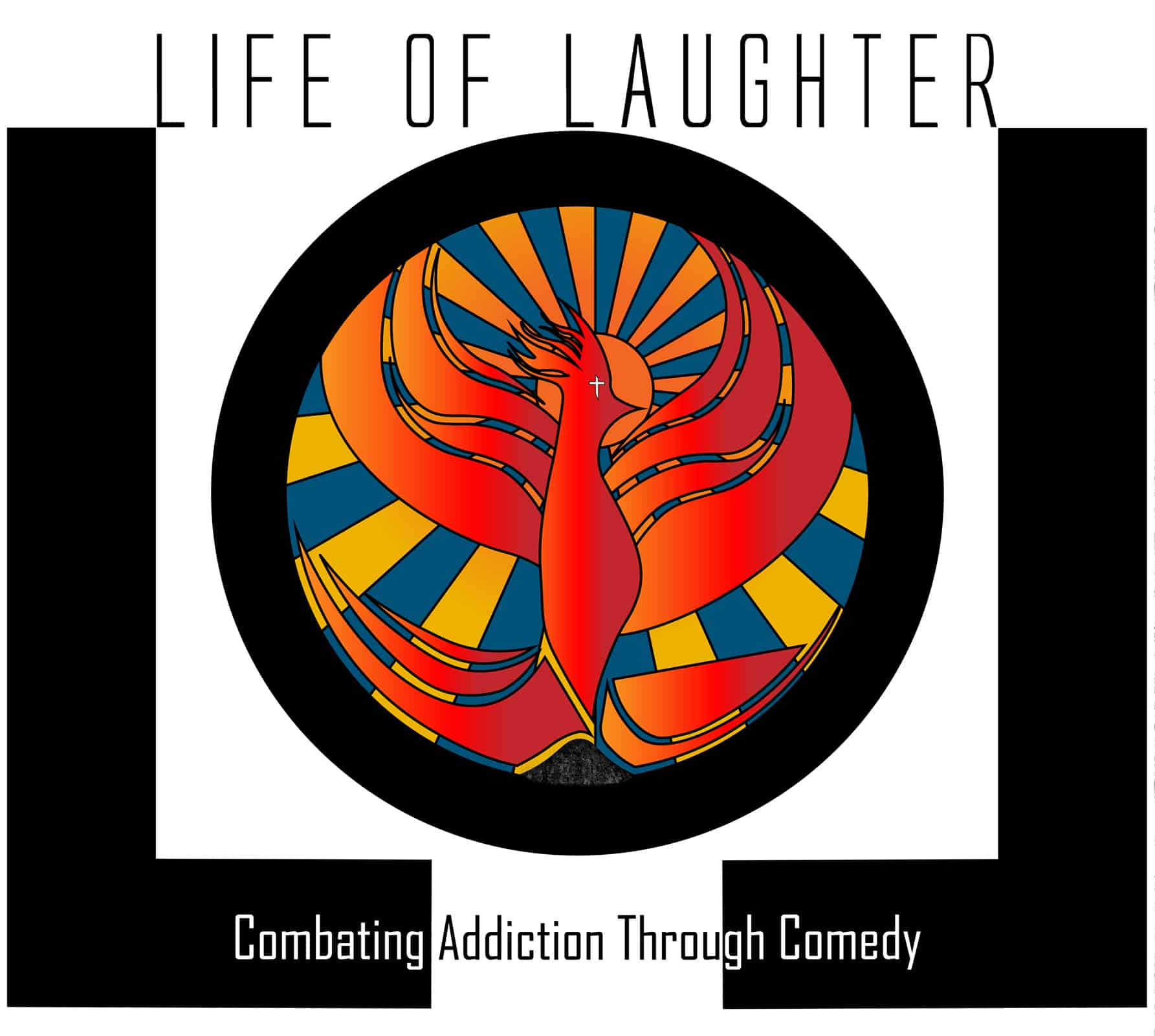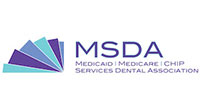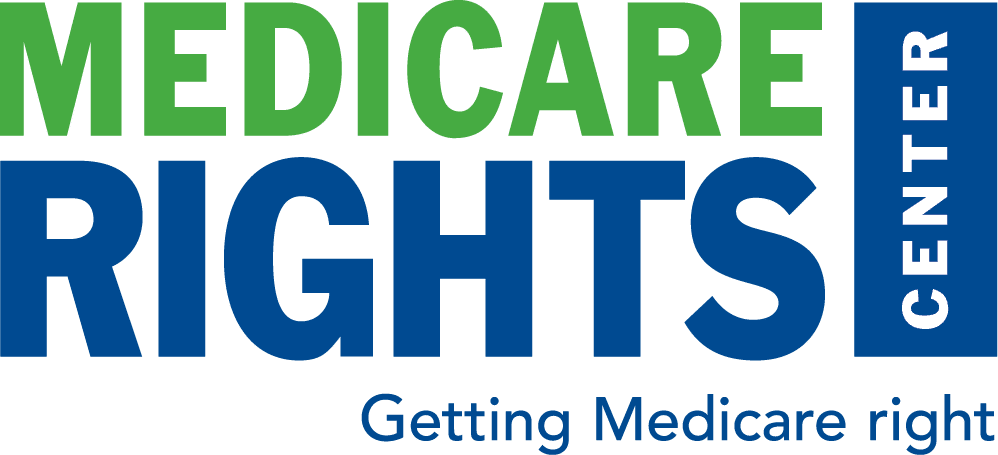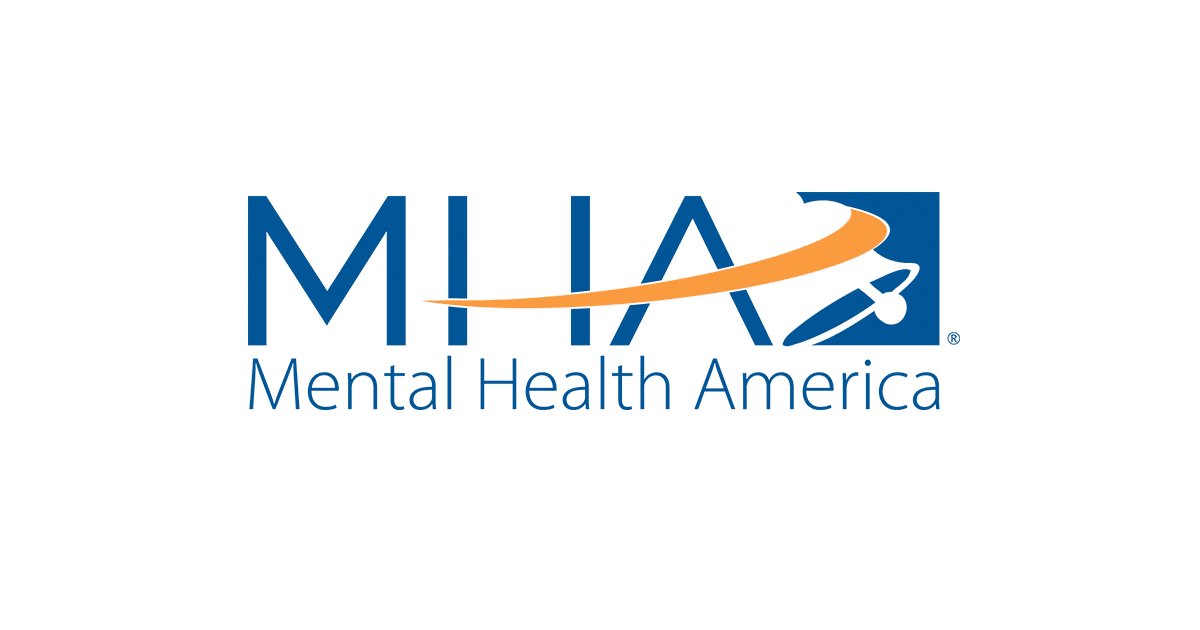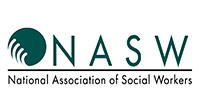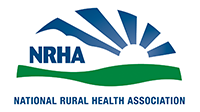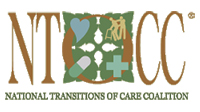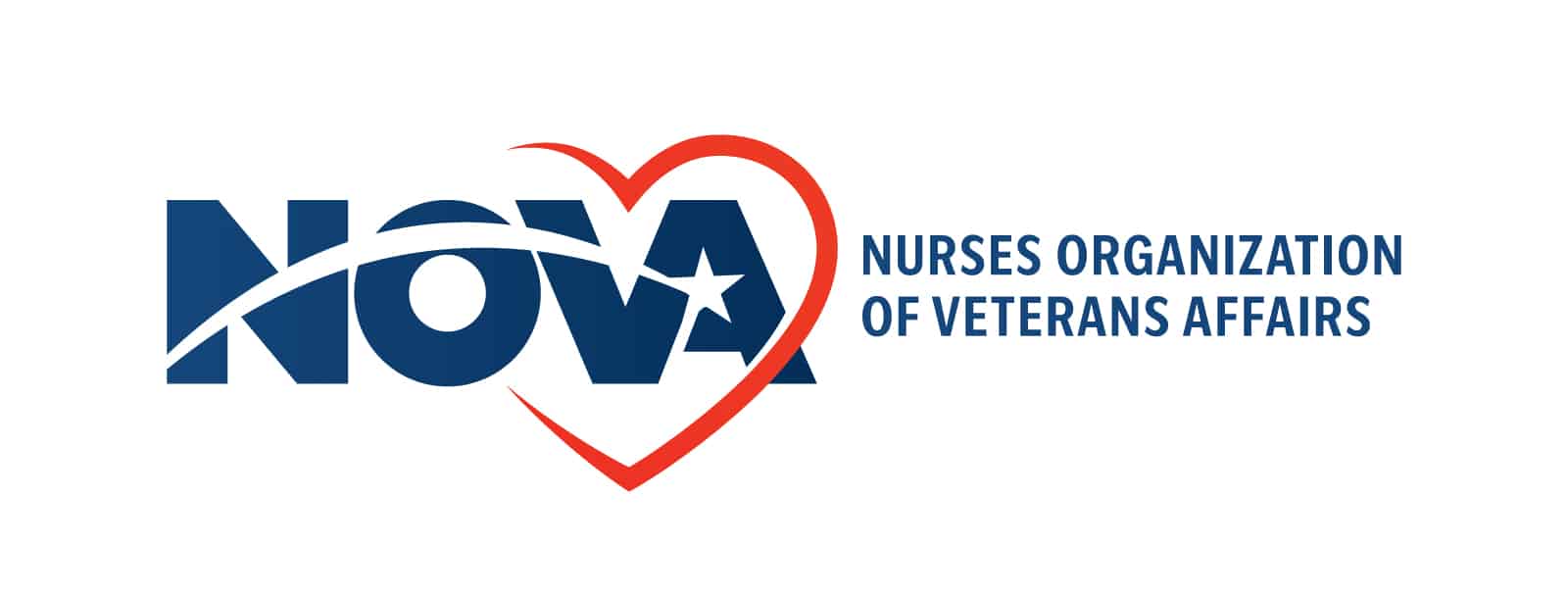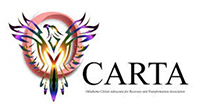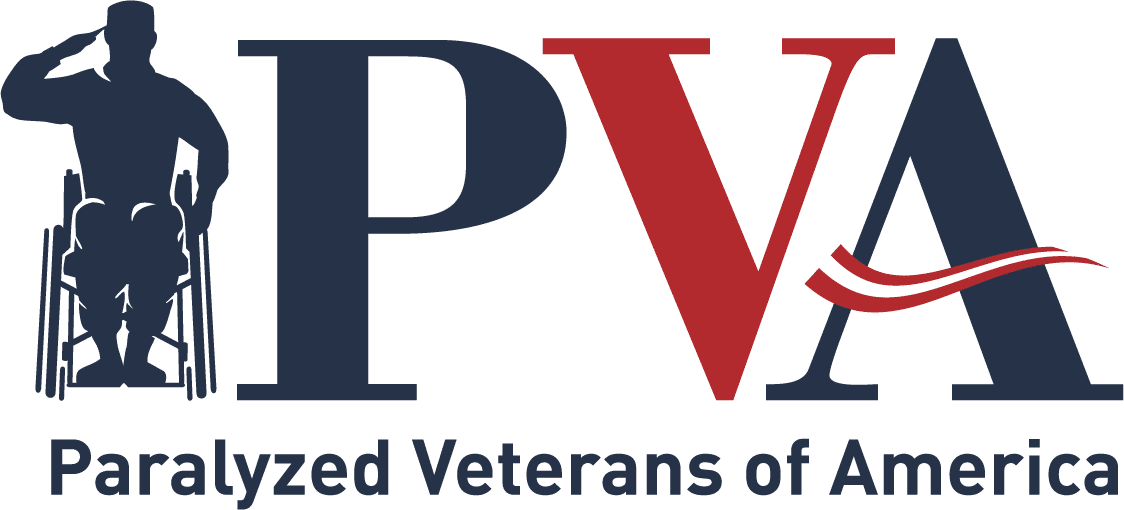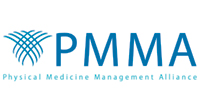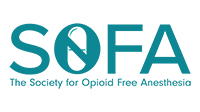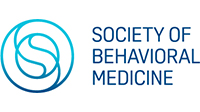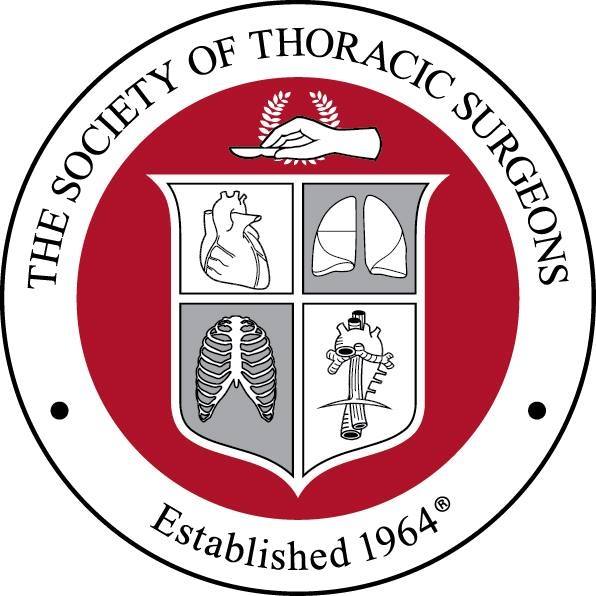

Oklahoma
State Facts
Deaths, or 58.2% of total overdose deaths involved opioids in 2024.¹
Claims, or 5.26% of all Medicare Part D claims were for opioids in 2022 – an average of 72 per prescriber.²
Opioid Prescriptions were written for every 100 persons in Oklahoma in 2023.³
Beneficiaries on Medicare Part D had Opioid Use Disorder in 2022.⁴
Opioid Settlement Funds
The Attorney General’s Office contracted with the Healthy Minds Policy Initiative, a local nonprofit in Oklahoma, to develop a list of priority opioid abatement strategies featuring eight priority strategies, including medications for opioid use disorder, contingency management, and recovery housing, and also provides criteria for assessing the quality of proposed projects to assist in evaluation of grant applications.
2024 Passed Relevant Legislation
SB 1344
This bill requires Medicaid to treat non-opioid pain medications no less favorably than opioids, directs the state to pursue grants for non-opioid education and services, and allows use of opioid settlement funds to support related education efforts.
Effective date
11/01/20242025 Introduced Relevant Legislation
HB 1416
Mandates that the state Medicaid Preferred Drug List (PDL) and utilization management policies must not disadvantage non-opioid pain medications compared to opioids. It also requires the state to pursue grant opportunities for education and services related to non-opioid medications. Additionally, the state may allocate opioid settlement funds to support educational initiatives promoting non-opioid alternatives.
Introduced
01/16/2025Plan Impact
MedicaidVoices Letters
HB 1416 Voices + Shatterproof Letter of Support
1. Centers for Disease Control and Prevention (2025). Provisional Drug Overdose Death Counts. https://www.cdc.gov/nchs/nvss/vsrr/drug-overdose-data.htm
2. Centers for Disease Control and Prevention (2024). Medicare Part D Opioid Prescribing Mapping Tool. https://cms-oeda.maps.arcgis.com/apps/MapSeries/index.html?appid=5390718d875d4c049b1ac5976a9ff083
3. Center for Disease Control and Prevention (2024). Opioid Dispensing Rate Maps. https://www.cdc.gov/overdose-prevention/data-research/facts-stats/opioid-dispensing-rate-maps.html
4. Office of the Inspector General (2023). The Consistently Low Percentage of Medicare Enrollees Receiving Medication to Treat Their Opioid Use Disorder Remains a Concern. https://oig.hhs.gov/documents/evaluation/2722/OEI-02-23-00250-Complete%20Report.pdf









